When to See Next Full Moon?: Calendar Dates for 2023
Do not miss the first full Moon of 2023. Know when to see it and the calendar dates for all full Moons this year.
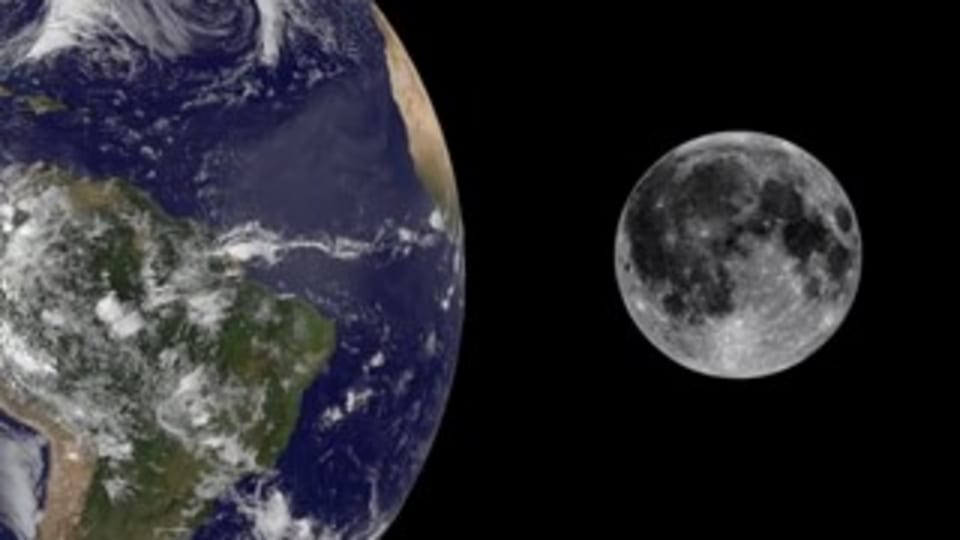
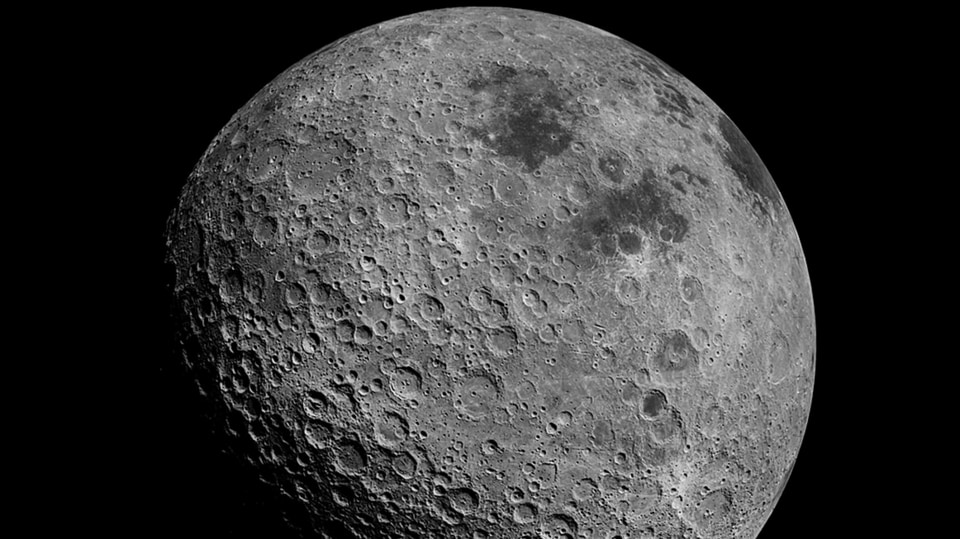
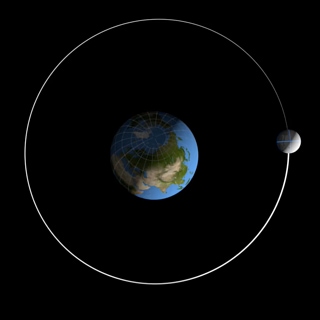
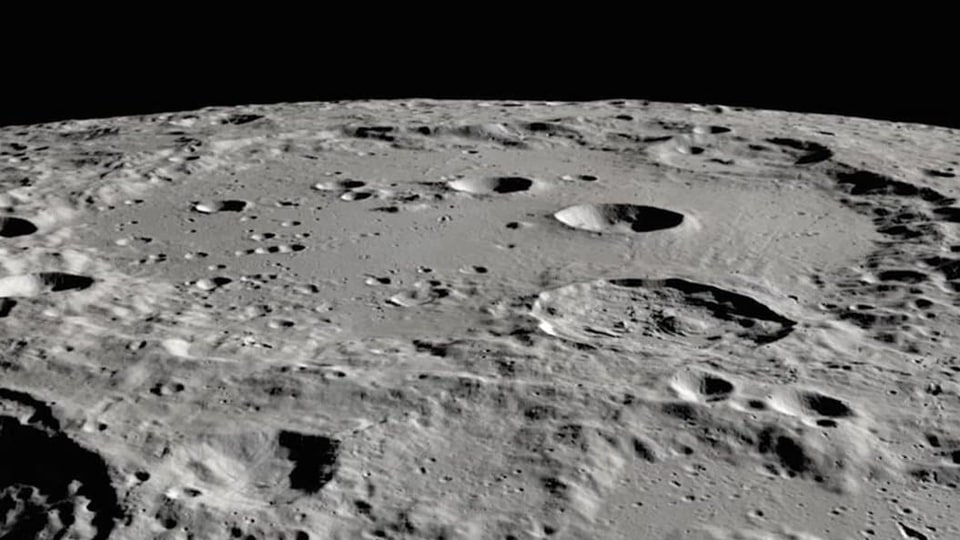
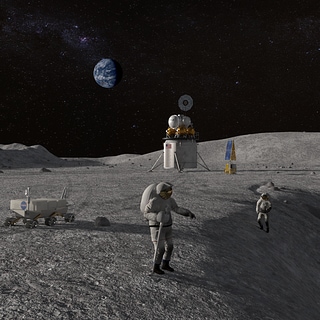
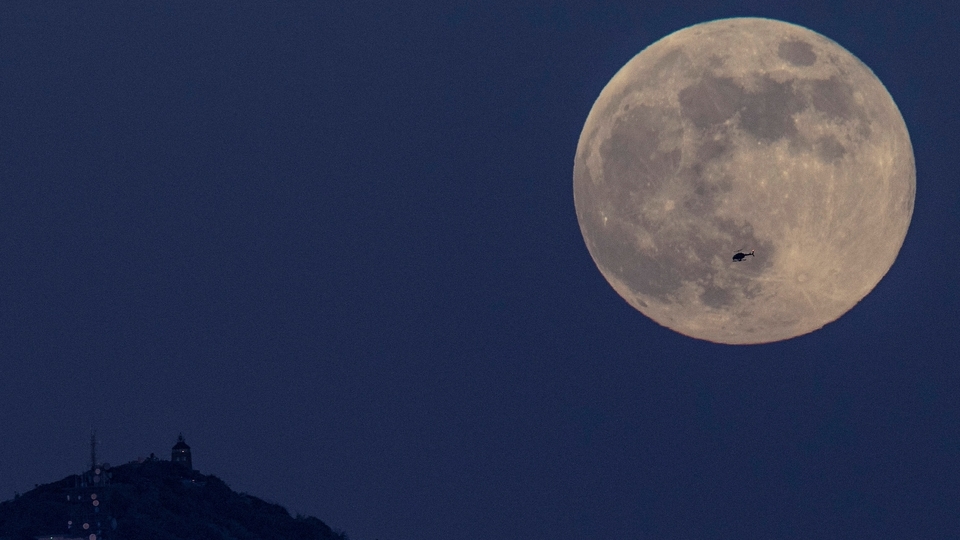
 View all Images
View all ImagesThe year 2023 is here and the first full Moon of the year is not too far. The full Moon is important for many, whether due to religious and cultural reasons or purely scientific reasons (such as checking for high tides). Even besides that, the full Moon in itself is a spectacular sight that fills the heart with joy. So, if you are looking for the date for the next full Moon and want to keep track of all the upcoming full moons this year, then you need to read on.
First full Moon of 2023
The first full Moon of 2023 will be on Friday, January 6 at 5:18 AM IST. But for casual skygazers, the Moon will appear full on January 5 and 7 as well. It should also be known that the January full Moon is often known as Full Wolf Moon. It is also the highest full moon of the year in the northern hemisphere as it is closest to the December solstice.
Calendar dates for all full Moons in 2023
If you want to keep track of all the full Moon this year, then the calendar below will help you remember it.
| Date | Name | Time (in IST) |
| January 6 | Wolf Moon | 5:18 AM |
| February 6 | Snow Moon | 11:59 PM |
| March 7 | Worm Moon | 6:10 PM |
| April 6 | Pink Moon | 10:04 AM |
| May 5 | Flower Moon | 1:04 AM |
| June 3 | Strawberry Moon | 9:12 AM |
| July 3 | Buck Moon | 5:09 AM |
| August 1 | Sturgeon Moon | 12:01 AM |
| August 30 | Blue Moon | 7:05 AM |
| September 29 | Harvest Moon | 3:27 PM |
| October 28 | Hunter Moon | 1:54 AM |
| November 27 | Beaver Moon | 2:46 PM |
| December 26 | Cold Moon | 9:03 AM |
The time given for each full Moon is the exact duration when the Earth is located between the Sun and the Moon. For astronomy enthusiasts, this will be the best time to bring out your telescopes to observe the Moon in its full glory.
Catch all the Latest Tech News, Mobile News, Laptop News, Gaming news, Wearables News , How To News, also keep up with us on Whatsapp channel,Twitter, Facebook, Google News, and Instagram. For our latest videos, subscribe to our YouTube channel.


























